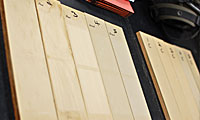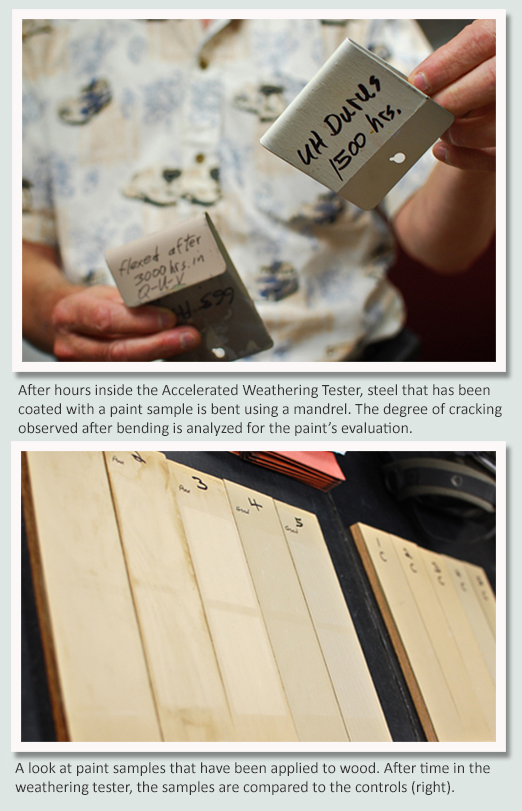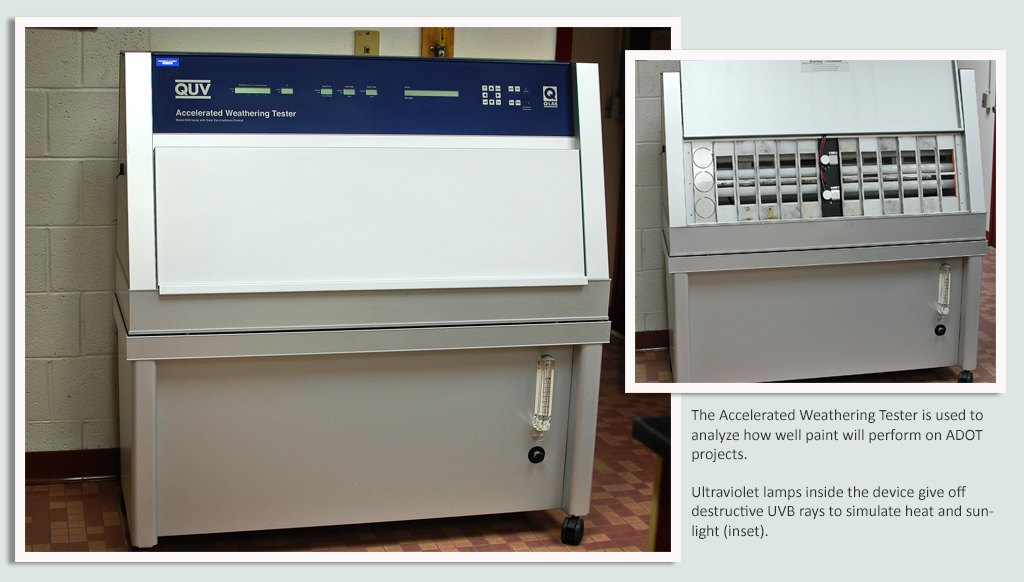ADOT Removes ET-Plus Guardrail End Terminals from Approved Products List
ADOT Removes ET-Plus Guardrail End Terminals from Approved Products List
ADOT Removes ET-Plus Guardrail End Terminals from Approved Products List
ADOT Removes ET-Plus Guardrail End Terminals from Approved Products List
PHOENIX – Keeping safety of the public paramount, on Oct. 23 the Arizona Department of Transportation decided to remove the Trinity Industries ET-Plus Guardrail End Terminals from the department’s Approved Product List. These specific end treatments will not be installed on any ADOT guardrail until comprehensive, independent safety testing, which will be conducted at the national level, is complete.
While not an Arizona-only issue, ADOT has been directly involved and closely monitoring the national-level discussions over the Trinity ET-Plus treatments, and has been in discussions with the Federal Highway Administration, the Transportation Research Board of the National Academies, and the American Association of State Highway and Transportation Officials.
ADOT is responding to the Federal Highway Administration’s request for information on the performance of the ET-Plus system in Arizona. ADOT is also examining what was specified for guardrail end treatments versus what Trinity provided. Arizona is closely monitoring the actions of the Federal Highway Administration and other states.
The ET-Plus system is installed on more than 3,500 guardrail end treatments on the highway system in Arizona. ADOT is reviewing the issue with technical and legal experts as the department assesses its next steps and options.




